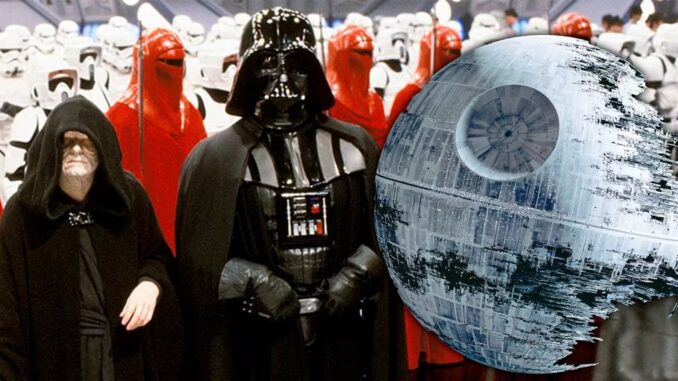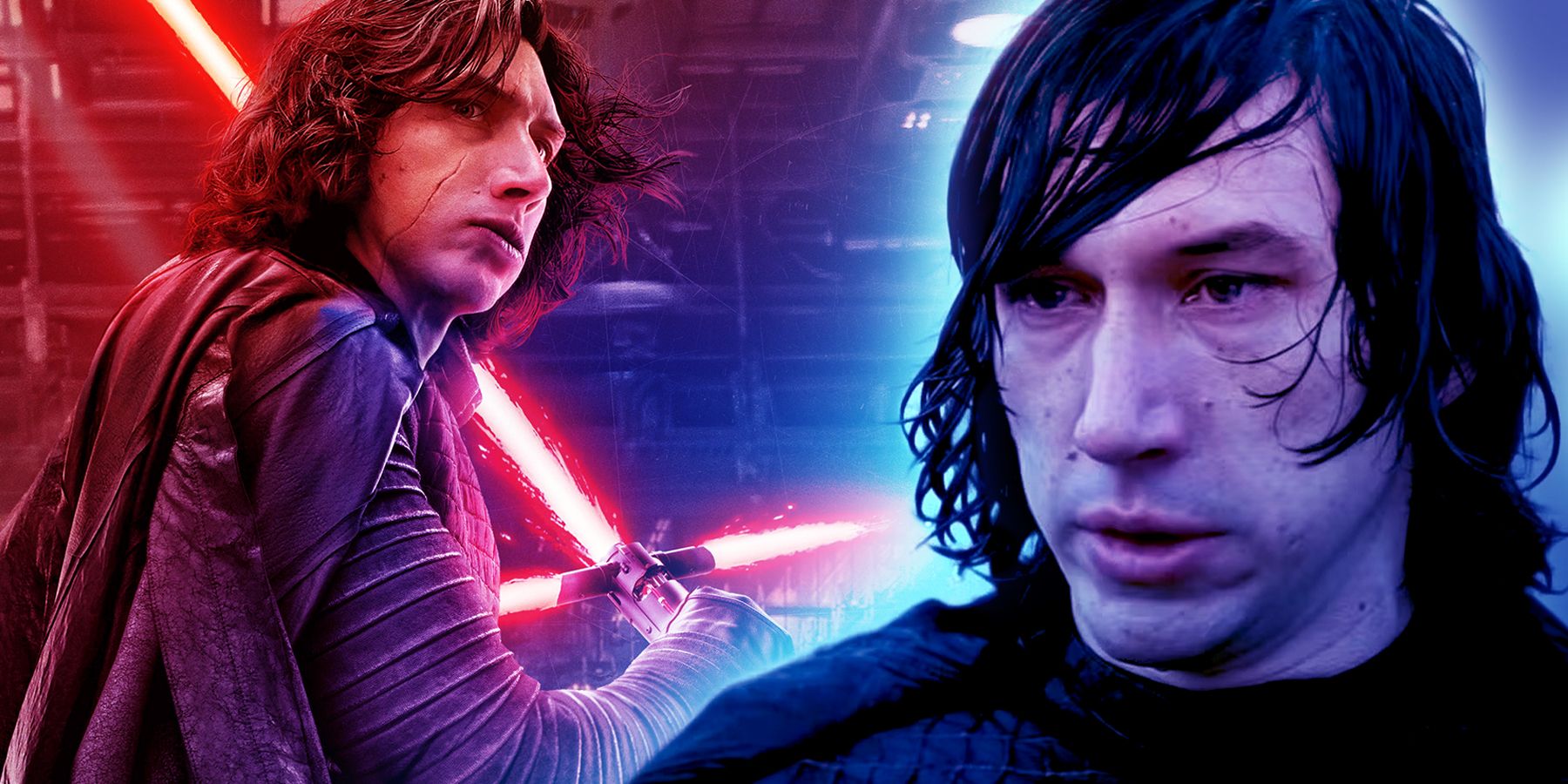
How the Vietnam War Inspired George Lucas’ Star Wars Vision
From the Western gunslinger of Han Solo to the samurai-like teachings of the Jedi Knights, the original Star Wars trilogy drew clear inspiration from a plethora of classic movies. However, creator George Lucas revealed one of his biggest influences was the Vietnam War. America joined the conflict in 1965. By 1969, more than 500,000 U.S. troops had been deployed to Vietnam. When the war ended in 1975, close to 60,000 Americans had died in what was considered a complete failure. Lucas was among the many Americans who opposed the conflict because of the questionable nature of U.S. involvement and the extensive battlefield brutality captured live on television.

That plays out in numerous ways — both expected and surprising — in Lucas’s original trio of Star Wars movies. It remains a part of the franchise’s DNA even as new creative voices born after the conflict add their own perspective. Despite its timeless setting, the saga can’t help but be influenced by the historical period that created it, and its director’s beliefs filter through into the story. Star Wars is about politics as much as about Jedi and The Force, and no political issue was more prominent at the time Lucas was writing it than the Vietnam War. Four decades later, that essence remains intact, and continues to inform the franchise that grew from it.
Updated, December 22, 2023 by Robert Vaux: The original article has been updated to include additional observations on Lucas’s involvement in Apocalypse Now, which paralleled his development of Star Wars. It also expands upon the fascistic qualities of the Empire, and how Lucas uses that to comment on the United States’ foreign policy during the war as well as more actively authoritarian governments like the Nazis.
Politics Were Integral to George Lucas’ Star Wars Concept
Luke Skywalker and Darth Vader in front of poster art for Star Wars Return of The Jedi
One Star Wars Deleted Scene Completely Changes Return of the Jedi
Star Wars: Return of the Jedi is a classic film, but one deleted scene with Luke and Darth Vader could have changed how the movie went.
The director has connections to a more overt movie about Vietnam. As revealed in the 1991 documentary Hearts of Darkness: A Filmmaker’s Apocalypse, Lucas’s friend and fellow filmmaker Francis Ford Coppola wanted him to direct Apocalypse Now: subsequently considered one of the definitive cinematic statements on the war. Lucas spent four years working on the script with co-writer John Milius at the same time he was developing A New Hope. He ultimately declined the project, and Coppola ended up directing it: taking a full crew to the Philippines in February 1976, and engaging in a breathtakingly arduous production that came to resemble the very war it was intended to depict. Lucas correctly predicted that it would be a boondoggle, and began shooting A New Hope in Tunisia at the same time Coppola started filming Apocalypse Now.
On the surface, his science-fiction epic hearkens back to World War II and the Nazis. In a 2005 interview with the Boston Globe, Lucas said, “I love history, so while the psychological basis of Star Wars is mythological, the political and social bases are historical.” That comes as no surprise, considering the Empire purposely mirrors the Nazi Party during World War II. The Emperor is the head of state, directing policy solely through his will, with a colossal industrial apparatus that views individuals as disposable assets. Militarism is rampant, with a huge portion of the Empire’s budget spent on maintaining its armed forces and building terrifying weapons like the Death Star. There are even subtle hints of racism — the Empire clearly favors human beings over the galaxy’s plethora of alien species — and Lucas takes the term “Stormtrooper” from the Nazis’ real-life paramilitary wing.
However, when Lucas sat down with director James Cameron in 2018, he revealed how the Empire was also meant to resemble America, particularly the way it prosecuted the war. Cameron pointed out how the Rebels are a small group using asymmetric warfare against a highly organized Empire. Today, Cameron added, the Rebels would be called terrorists. “When I did it,” Lucas replied, “they were Viet Cong.” In other words, Lucas viewed the Vietnamese as the rebels and America as the invading villains. He further explained that Star Wars was a “vessel” in which to place his worldview and that the United States had become an empire during the Vietnam War, doomed to fail like every empire before it. Cameron noted how those views carried over into the Star Wars prequel trilogy, especially in Padmé’s line, “This is how liberty dies, with thunderous applause.” Lucas replied, “We’re in the middle of it right now,” referring to the country’s political state.
The Empire Is an Allegory for Both the War and the Nixon Administration
Darth Vader and his stormtroopers capture Princess Leia in the opening scenes of Star Wars: A New Hope
Kylo Ren with his lightsaber and Ben Solo
Star Wars’ Adam Driver Sheds New Light on Ben Solo’s Redemption: ‘The Plans Changed’
Adam Driver addresses the evolution of his character in the Star Wars sequel trilogy, revealing how original plans had changed.
The original Star Wars trilogy is an embellished version of that dynamic, and was doubtless influenced by Lucas’s work on Apocalypse Now, as the undermanned but fiercely motivated Rebellion finds ways to slip around the massive forces brought against them by the Empire. That often entails natives using knowledge of local terrain against their foes, most prominently with the Ewoks in Return of the Jedi who defeat the Imperials and save the galaxy despite their primitive weaponry. But it also appears in more subtle ways, such as Obi-Wan Kenobi slipping the droids through the Imperial checkpoint in A New Hope. The relative commitment of both sides plays a huge part too. Like the North Vietnamese, the Rebels are fully invested in their cause, leading them to move more boldly than their foes and device ingenious strategies to stop them. The Empire, conversely, tends to respond with massive military onslaughts resembling America’s frustrated efforts to quell the Vietnamese insurgency. It also relies on conscripts and volunteers for its military forces, who have far less emotional investment in the outcome, and aren’t willing to put their lives on the line the way their opponents are. The Bad Batch animated series makes that abundantly clear: drawing on the shift from the Clone Troopers in Lucas’s prequel trilogy to the far less effective Stormtroopers starting with Episode IV.
With Richard Nixon’s presidency ending in 1974 and the Vietnam War coming to a close a year later, they were clearly still fresh in Lucas’ mind when he created Star Wars. According to the 2013 book The Making of Return of the Jedi, when Lucas was asked during a 1981 story conference whether Palpatine was a Jedi, he replied, “No, he was a politician. Richard M. Nixon was his name. He subverted the senate and finally took over and became an imperial guy, and he was really evil. But he pretended to be a nice guy.” Despite that story conference taking place in 1981, the description of the Emperor’s background is incredibly close to Palpatine’s rise to power in the Star Wars prequels. His desire for absolute power chillingly reflects Nixon’s subsequent statement that “if the President does it, it’s not illegal,” and while Palpatine’s ultimate fall is more dramatic (and literal) than Nixon’s, it’s hard not to connect the President’s ignominious resignation in the wake of Watergate with the destruction of the Empire at the conclusion to Return of the Jedi. For all its sci-fi trappings, the saga is underpinned by a fascinating political commentary. The franchise ultimately holds a mirror up to the Nixon administration’s role in the Vietnam War and fuels Lucas’ need to, as James Cameron puts it, “Stick it to the man.”
Ironically, A New Hope was seen as a tonic to the war and its aftermath when it first arrived in 1977. After a decade of strife, tens of thousands of American soldiers dead (to say nothing of millions of Vietnamese), and two presidencies forever marred, people were ready for a break. Lucas’s swashbuckling space adventure was praised for restoring “fun” to the movies and providing a much-needed respite for a war-weary public. Yet the message at the heart of it still speaks to events of the time, and connects to the war’s underlying issues despite being divorced from overt political context. In its own way, it’s as enduring an allegory for Vietnam as films that more directly explore the war, and its space opera setting serves as a reminder that history often repeats itself in different times and places.
